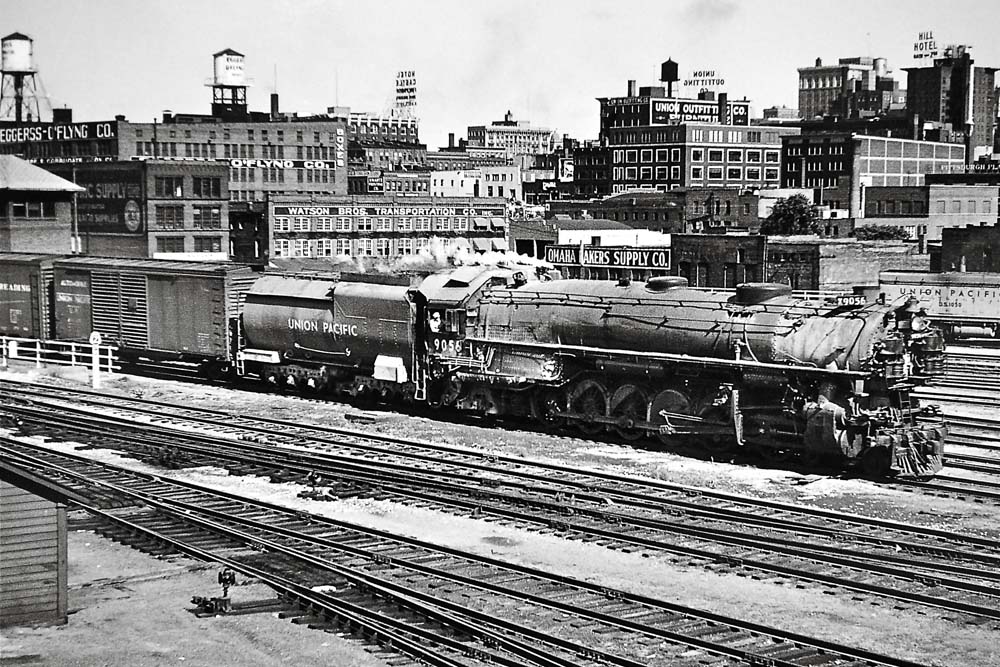
A childhood memory led me to chasing 1940s Union Pacific steam locomotives around Omaha has a teen. That story had its origin when I was around eight years of age. Like other boys of those times, I was fascinated by the sight and sound of a steam locomotive, but rarely saw one, since there were no tracks near our home in Waco, Texas. However, a visit to Nebraska resulted in our passing through Fremont, a site on the Union Pacific’s main line. As I looked out from my rear window seat, I fleetingly caught sight of a huge black locomotive stopped in the town with its train. Of course, as we proceeded down the highway I kept looking back hoping for another glimpse. Curiosity changed to excitement when I realized that the locomotive was slowly moving.
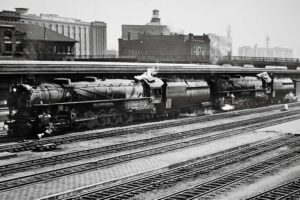
As I continued looking back, I realized that the locomotive was no longer moving slowly but was gaining ground as it followed our car on tracks a stone’s throw outside my window. The next few moments solidified the memory which I still carry and treasure. Filling my field of vision was a smoking rumbling 4-12-2 monster with six drive wheels relentlessly spinning as I watched fascinated. The locomotive continued to out-distance our 1936 Chevrolet, and the view outside my window soon changed to a seemingly endless string of freight cars. And then it was gone.
The memory, however, was indelibly implanted.
Studying 1940s Union Pacific steam locomotives
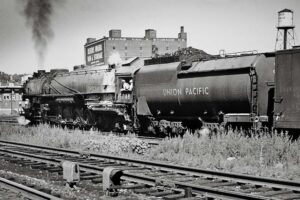
Ten years later a 1949 trip was made to Nebraska, this time to Lincoln to deal with circumstances relating to my grandmother’s death. Omaha was temptingly close, so I was able to gain the use of the family car, this time a 1948 Chevrolet, and started out with great but uncertain expectations to find 1940s steam locomotives. I chose for my first photo location a bluff overlooking the station tracks and proceeded to record Wabash train No. 11, which had arrived at 8:10 a.m. after leaving St. Louis at 7:15 p.m. the evening before. It had arrived in time to make connections with the UP’s Gold Coast, scheduled to leave at 8:30 a.m. for Cheyenne and points west.
Then followed a Rock Island 4-6-2 Pacific with No. 26 from Denver and a handsome Rock Island 4-8-4 Northern with a freight. Next came the first of several UP 4-12-2-led freights and FEF-1 4-8-4s on the Mail and Express and an extra. The Burlington Coloradoan from Denver arrived at 9:25 a.m. and later at 11:59 a.m., the Nebraska Zephyr arrived from Lincoln.
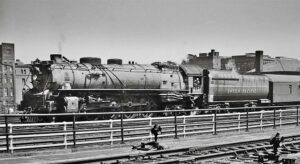
There was one scene that I could not have anticipated. After milling around the machine for about an hour, a trainload of dignitaries boarded a westbound extra behind the UP’s new gas turbine-electric, No. 50.
Remaking a memory
As the afternoon wore on, it became obvious that much of the action would be in the morning, so I grew restless. I was also beginning to feel like a hunter who had reached his quota. The obvious way to return to Lincoln was by the way I had come, the shortest way. Still, I couldn’t help but recall that incident from boyhood and wish it could be recreated. Following the UP main line to Fremont was out of the way, but the possibility of seeing and photographing a 4-12-2 at speed with a long freight was too much to resist.
The distance to Fremont was not great, so I knew that the chances of my wish coming true were small. I kept my eyes on the horizon and finally saw distant smoke to the west and could only hope concerning its source. Soon I stopped the car and crossed the highway and tracks and waited. I must have cocked the shutter of my camera a half dozen times just to make sure.
Now, I didn’t realize what I was seeing until the train was almost on top of me. The battle-worn 4-12-2 roared and thundered past leading 91 rattling freight cars and leaving a trail of smoke. The episode would have been long remembered even if my hopes for a satisfactory photographic record had not been realized. Subsequent development of the film, however revealed a picture which comes as close to accurately documenting the drama as one could hope. It’s one of my all-time favorites and as dramatic as any photograph of that class of locomotive that I’ve seen. My wish to reinforce a boyhood memory had been fulfilled.
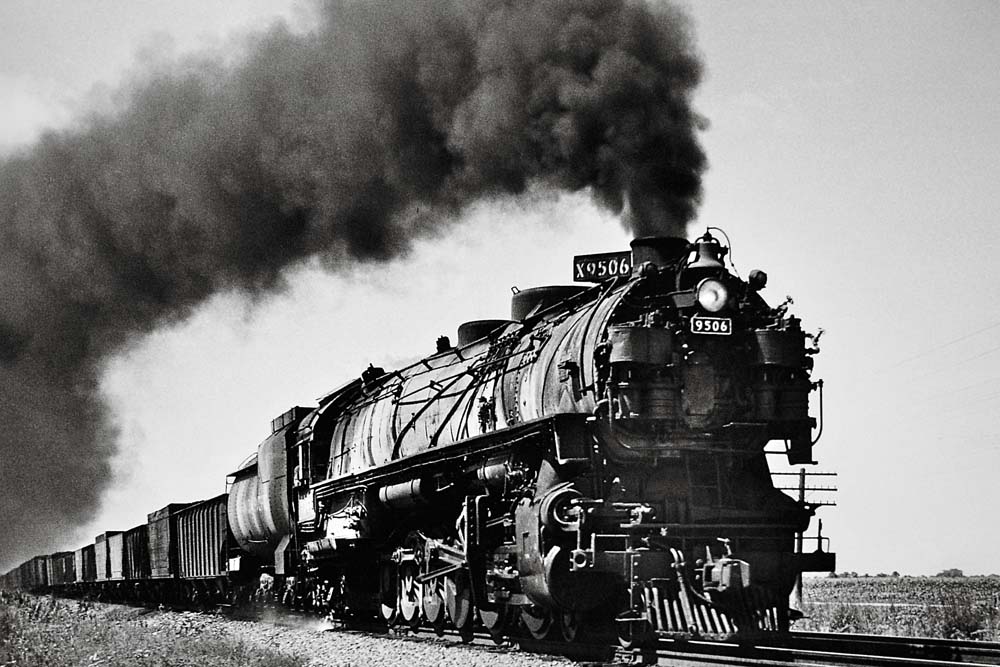






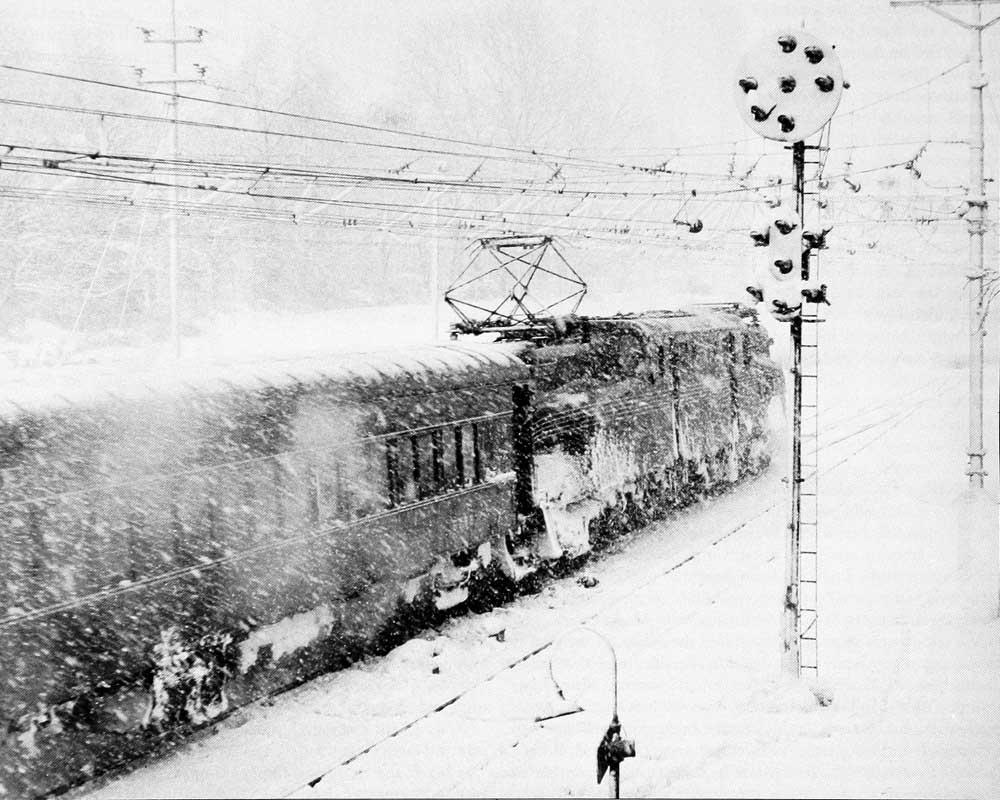
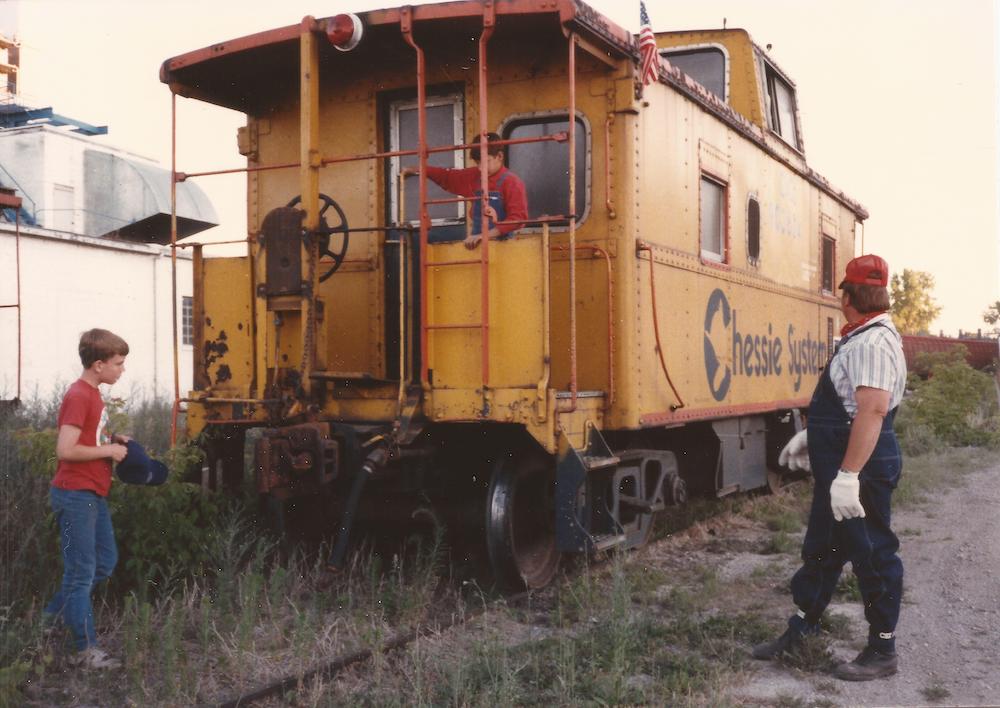
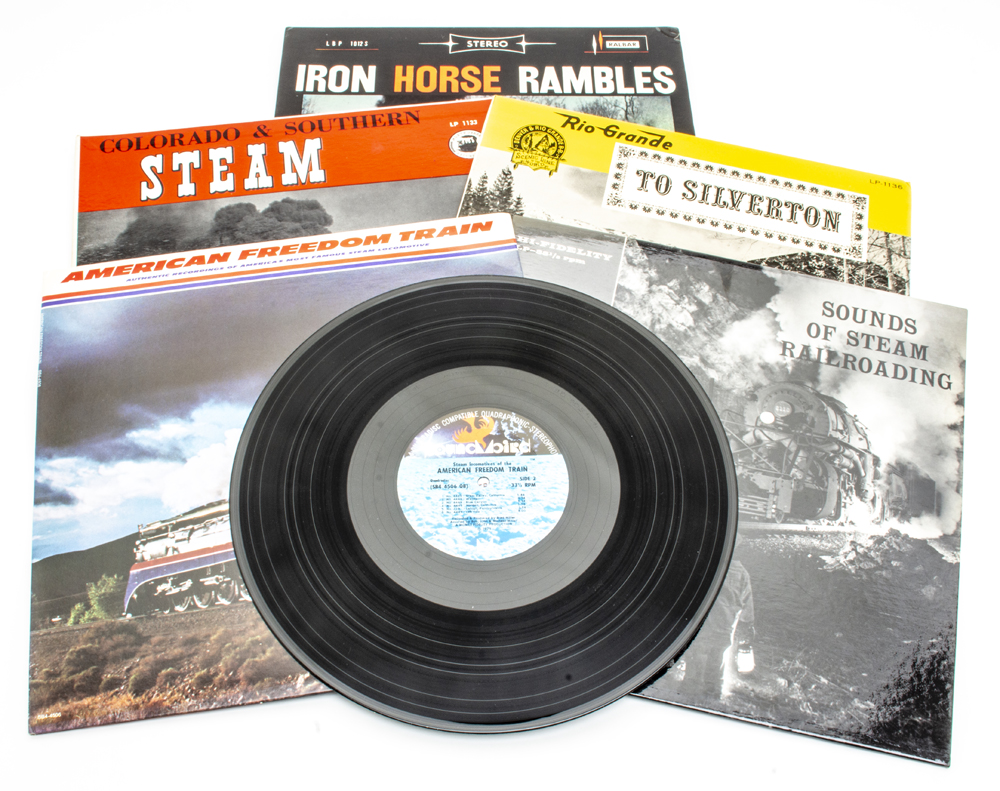
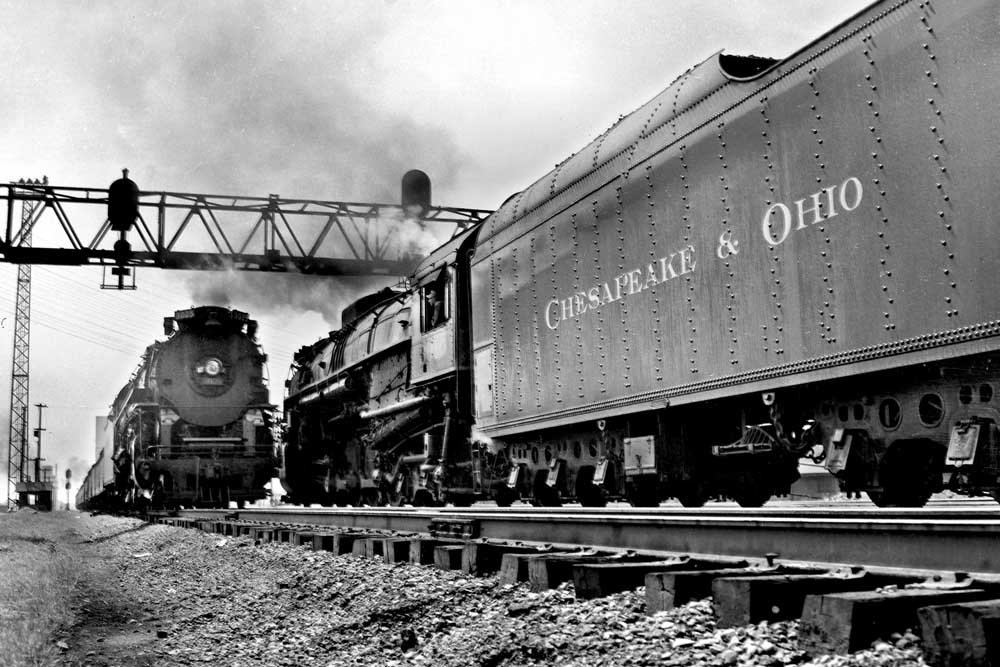




Great story. Never did see a 9000 but was around for the final years of UP steam in Nebraska. One night as we rode the Vista-Dome of the Ak-Sar-Ben Zephyr into Omaha a UP freight charged west upgrade on their tracks at a lower level behind a 3800 Challenger. Another time we were stuck at the bus depot in Columbus in 1958 waiting for a delayed Greyhound connection and you could hear steam-powered freights going through town, close but not close enough! I remember a trip with my dad to Kearney in 1955. I stayed up all night by the window in our hotel room listening to the parade of trains.
As well as the sight of this behemoth, the sound must also have been wonderful. That three cylinder symphony is something I would have loved to have heard.